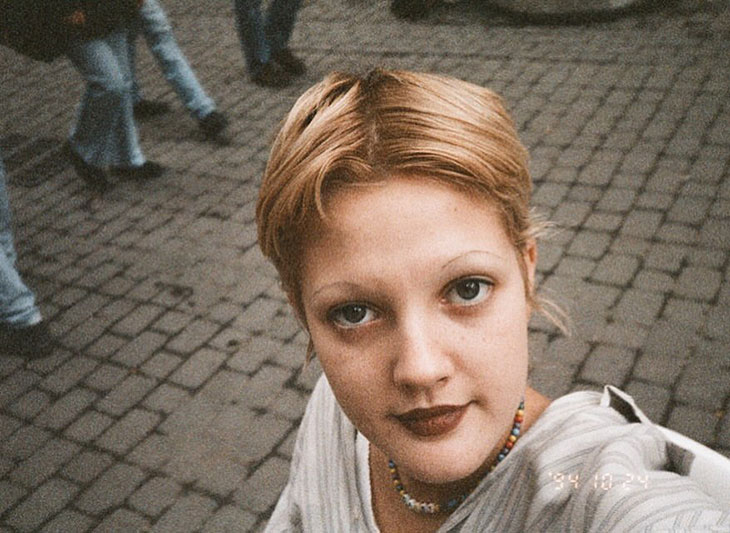
There’s a new term circulating in the beauty community: “eyebrow blindness.” Popularized by TikTok, this phrase captures the common experience of regretting past eyebrow trends and is rapidly gaining attention on social media as celebrities and vloggers openly share their eyebrow regrets.
@jamilamarriott Replying to @jamilamarriott and I fundamentally disagree with it being a thing because even though I’m judgemental about other people’s brows, it’s not for me to say what they should do with their face. it’s about their personal expression #eyebrowblindness #capitalism #genz ♬ MILLION DOLLAR BABY (VHS) – Tommy Richman
The surge in eyebrow blindness discussions reveals that while fashion trends may change, the conversation about eyebrows remains constant. This term has provided a platform for people to admit their embarrassing eyebrow moments, often showcasing old photos that reflect how trends once dictated their styling choices.
The trend exploded in June 2024, with TikTok users posting videos that compare their current eyebrow styles to those of the past. These videos, which have amassed over 160 million views, feature users expressing regret over their attempts to emulate looks like Drew Barrymore’s thin brows from the 1990s or Cara Delevingne’s thick brows from the 2010s.
Reflecting on past eyebrow trends is something many people can relate to. The term “eyebrow blindness” has become a humorous way to address the drastic changes in eyebrow styles over time. These videos typically showcase a stark contrast between past and present eyebrow trends, often highlighting how our perceptions and beauty standards have evolved.
The beauty industry has played a significant role in shaping these trends.The ideal eyebrow style shifts with each decade, swinging between thick and thin. The thick, pomade-heavy brows of the 2010s, for example, were a reaction to the overly plucked brows of the previous decades. Today, the trend is moving towards a more natural look.
@maddiscott2 Jump scare incoming xxx #fyp #foryoupage #eyebrowblindness #badeyebrows ♬ teenage dream – overlays 💐
Eyebrow blindness also reflects our hyper-awareness of appearance and the lengths people go to meet current beauty standards. Whether it was the over-plucking, the use of brow pomades, or today’s emphasis on growth serums, these choices were made with a keen sense of fashion rather than ignorance. Calling past beauty mistakes “blindness” might suggest a lack of awareness, but these were deliberate choices influenced by prevailing trends. Beauty standards encourage self-comparison and the pursuit of often unattainable ideals. The recurring eyebrow trends illustrate this, as people adopt extreme looks that they might later reconsider.
As new beauty trends arise, it’s crucial to approach them thoughtfully. Consulting experts and using technology to test new looks can help prevent future regret. The phenomenon of eyebrow blindness, along with trends like “money-piece blindness” and “blush blindness,” serves as a reminder of the transient nature of beauty standards. The trend has escalated to new levels, with people doubting their subjective opinions and recording themselves asking for advice on what parts of their aesthetic should be improved or how they can glow up. This reliance on external validation highlights the pressures of adhering to fluctuating beauty norms.
Embracing one’s unique style can instill confidence in navigating these evolving trends. By focusing on what truly suits and empowers an individual, rather than succumbing to every passing fad, one can achieve a more authentic and satisfying beauty journey. While it’s natural to seek input and inspiration, trusting one’s instincts can lead to a more genuine sense of beauty.